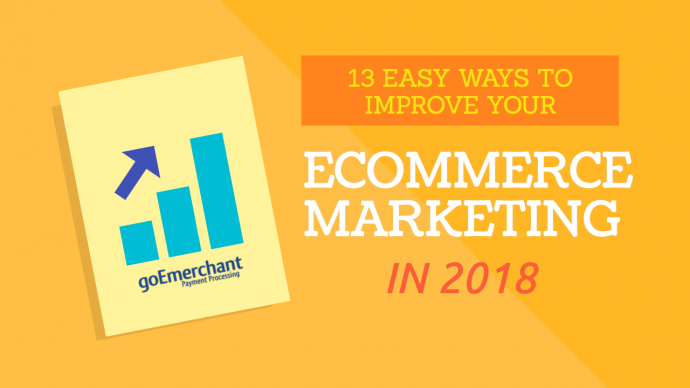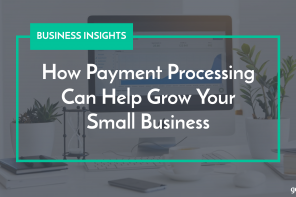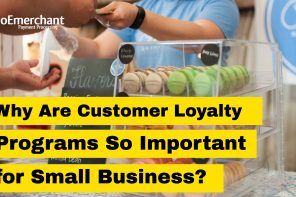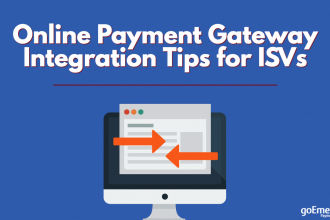In today’s increasingly crowded market, successful ecommerce merchants understand the need to stand out from the competition. By utilizing adaptive marketing strategies to reach new customers, you will continue to increase sales and grow your business.
There is no silver bullet solution to fully capture the attention of shoppers through your marketing channels, but by thinking outside the box, and applying some of the latest techniques, ecommerce retailers can build brand awareness and generate more engagement. Here are 13 ways ecommerce merchants can enhance their marketing.
Ecommerce Marketing Tip No. 1: Be Original
Shoppers today recognize authenticity more than ever before. Whether it’s through original storytelling, a blog hosted on your site, or your email marketing emails and newsletters, customers want to be told — not sold. Use your digital channels as a way to express your brand’s creativity and style. Customers are more likely to connect to a brand that aligns with their lifestyle. Ecommerce retailers must find their niche and commit to specific brand messaging.
Ecommerce Marketing Tip No. 2: Optimize Site Layout
A retailer’s website should tell a story that reflects its brand. Instead of focusing on purely selling products, design your product to create seamless interactions across your site. Determine where it makes sense to place a call-to-actions and deals – don’t spam them all over your page. Use analytics to determine how customers interact with your pages, and learn where there may be gaps to fill.
Ecommerce Marketing Tip No. 3: Leverage Marketing Automation
As an ecommerce retailer, you understand the value of optimizing your time. This is where marketing automation tools can be used to manage email campaigns. Instead of manually reaching out to your customers, try to leverage technology that enables you to create customized email campaigns that are automatically sent to customers who engage with your site. This strategy will keep your brand top of mind.
Ecommerce Marketing Tip No. 4: Rely on User Generated Content
Your loyal customers are your most valuable marketing tools. When researching a product, shoppers want personal insights from real customers, not just your sales team. By allowing user-generated content, and real feedback from customer reviews, retailers can create a more authentic shopping experience where buyers feel confident about their purchases. By allowing customers to provide insight about your products, this also helps your sales and product team pivot as needed.
Ecommerce Marketing Tip No. 5: Personalize Interactions
It might take a few visits from a potential customer before they’re ready to convert. Ecommerce retailers should track shopper’s engagement habits to better understand how the browse and buy across each channel. Instead of simply personalizing an email campaign, retailers must use data from a customer’s interaction across their e-commerce channels to remind them about a specific product they may have shown interest in. This personalization technique connects shoppers to a specific interaction they completed on your site and increases chances of conversion.
Ecommerce Marketing Tip No. 6: Take Advantage of Social Media
Social media is a powerful tool for ecommerce retailers. It allows your customers to provide feedback and interact with your team, and it will enable you to promote new products and services. Social media platforms allow retailers to leverage another effective channel to reach new customers and stay connected with those already loyal to your brand. Since your customers are likely already on social media regularly, this is an effective way to keep them engaged. Retailers can also boost their presence by paying for ads on Facebook and Instagram, etc., to reach new audiences.
Ecommerce Marketing Tip No. 7: Embrace Customer Reviews
With each product, there should be an option to rate and review products. Retailers should be prepared with how to manage both positive and negative reviews, and use this tool as a way to understand how to improve your products. Allowing reviews and product ratings on your site also help other shoppers make better, more informed decisions about buying a specific product. More confident buyers are more likely to convert and re-engage with your brand.
Ecommerce Marketing Tip No. 8: Promote Products Smarter
Retailer’s ecommerce channels are ripe with customer data, including which products a specific customer has viewed or previously bought. Retailers should employ better ecommerce platform technology that provides better data insights into how and why shoppers navigate across their product pages. By customizing homepages to show products that better fit a shopper’s interests, this increases the chances they will purchase more products. Using customer data to deliver personalized content tailored just for them will create a stronger brand connection.
Ecommerce Marketing Tip No. 9: Remember Your Mobile Channels
Ecommerce marketing shouldn’t just be tailored to how a shopper interacts with your desktop sites. Increasingly, shoppers are browsing and buying more on mobile, which should change the way ecommerce retailers market to their customers. Retailers should also market differently on mobile. Since screens are smaller and shoppers expect a more streamlined experience. Focus on delivering one single message, personalized for each shopper, in a way that allows customers to easily navigate between different ecommerce pages.
Ecommerce Marketing Tip No. 10: Cross-Sell Across Product Pages
The beauty of ecommerce is the ability to connect customers with multiple related products in one interaction. When a shopper views one specific item, retailers should use that interaction as an opportunity to cross-sell other products they may be interested in buying. When a customer engages with a brand, they’re more likely to buy more products when they’re automatically connected to those specific items, instead of having to organically search for them. This process also personalizes the shopping experience by providing customers insight into products they may not have to know about.
Ecommerce Marketing Tip No. 11: Offer a Loyalty Program
Customer loyalty can make or break a retailer in the ecommerce world. This is why ecommerce retailers should create customizable loyalty programs that encourage shoppers to become repeat shoppers. Whether it be access to special sales, free shipping, or personalized interactions with the brand, retailers should think of loyalty programs as a way to solidify a better customer base. Allowing customers to earn points based on their purchases encourages repeat business, and increases the chances of referral business.
Ecommerce Marketing Tip No. 12: Use Call-To-Action Buttons
No matter what channel an ecommerce retailer is marketing across, the use of call-to-action (CTA) buttons is critical. These simple, branded messages provide clear method to connect your customers to a specific deal, product or page. Retailers should use a color that evokes a particular emotion in a customer that encourages them to continue to the next stage in the buying process. By using CTA buttons to guide a customer through your site, you can keep them focused on a specific item and keep them engaged with your brand.
Ecommerce Marketing Tip No. 13: Leverage Internal Promotion Links
Another key way to help guide shoppers across your site is to remember to create natural ways for customers to find specific products. Retailers can create richer, more engaging shopping experiences by embedding internal links to various pages and products across your site. When a customer is searching for a specific product, they are more likely to engage with more products if the retailer creates the journey for them, which increases the chance of completing a sale. This also creates the opportunity for shoppers to stay longer on a retailer’s page, which also increases the chance of conversion. Retailers must remember to use their marketing techniques to promote products internally and externally to create more comprehensive shopping journeys.




